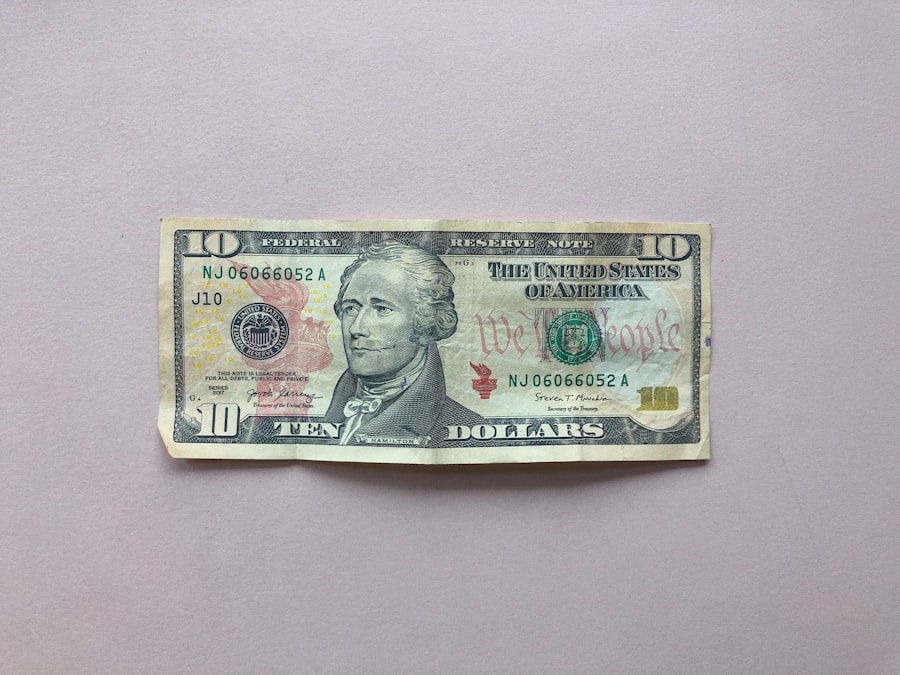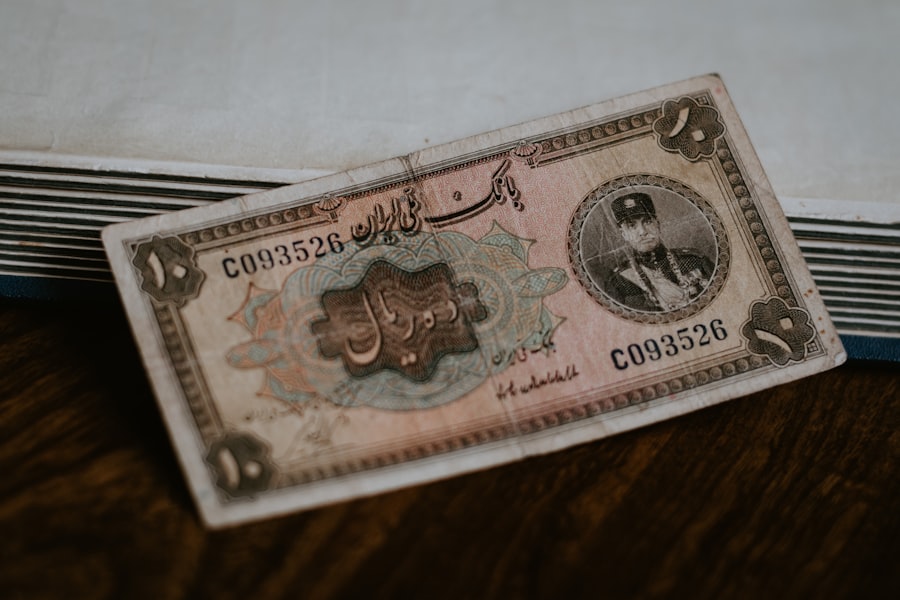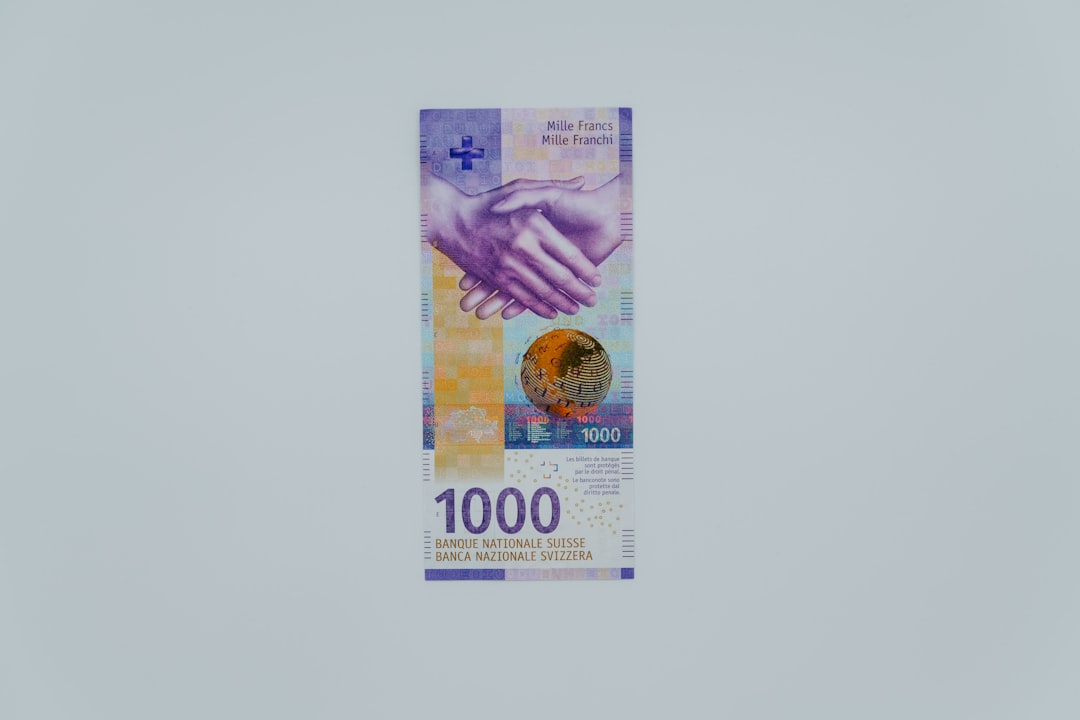Saddam Hussein paper money represents a unique intersection of history, politics, and numismatics. The currency issued during his regime in Iraq not only served as a medium of exchange but also as a tool for propaganda and national identity. Each banknote encapsulates a narrative of power, conflict, and the socio-political landscape of Iraq from the late 20th century until the early 2000s.
Collectors and historians alike find themselves drawn to these notes, which serve as tangible reminders of a tumultuous era marked by war, sanctions, and the eventual downfall of a dictator. The allure of Saddam Hussein paper money lies not only in its historical context but also in its intricate designs and the stories they tell. As collectors delve into the world of numismatics, they uncover layers of meaning behind each denomination, revealing insights into the cultural and political climate of Iraq during Hussein’s rule.
This article aims to explore the multifaceted aspects of Saddam Hussein paper money, from its historical background to its collectible value, while also addressing the risks and challenges associated with investing in such unique artifacts.
Key Takeaways
- Saddam Hussein paper money is a unique and collectible form of currency that holds historical significance.
- The design and features of Saddam Hussein paper money reflect the regime’s propaganda and political messaging.
- Saddam Hussein paper money has a collectible value due to its historical significance and rarity.
- The rarity and scarcity of Saddam Hussein paper money contribute to its high market demand among collectors.
- Investors should consider the cultural and historical significance of Saddam Hussein paper money, as well as the risks and challenges associated with investing in it.
Historical Background of Saddam Hussein’s Regime
Saddam Hussein’s rise to power began in the late 1960s when he became a prominent figure within the Ba’ath Party, which espoused Arab nationalism and socialism. By 1979, he had consolidated his power and declared himself president of Iraq. His regime was characterized by authoritarian rule, widespread human rights abuses, and aggressive military campaigns, including the Iran-Iraq War from 1980 to 1988 and the invasion of Kuwait in 1990.
These conflicts not only shaped Iraq’s political landscape but also had profound implications for its economy and currency. The economic sanctions imposed by the United Nations following Iraq’s invasion of Kuwait further exacerbated the country’s financial struggles. As the regime sought to maintain control over its populace, it resorted to printing new currency to fund its military endeavors and sustain its grip on power.
This period saw significant changes in the design and issuance of paper money, reflecting both the regime’s propaganda efforts and the dire economic conditions faced by ordinary Iraqis. The historical backdrop of Saddam Hussein’s regime is essential for understanding the significance of the paper money that emerged during this time.
Design and Features of Saddam Hussein Paper Money

The design of Saddam Hussein paper money is a fascinating blend of artistic expression and political messaging. Each banknote features portraits of Saddam himself, often depicted in a heroic light, alongside symbols that represent Iraqi nationalism and pride. The imagery on these notes includes iconic landmarks, such as the Tigris and Euphrates rivers, as well as motifs that celebrate Iraq’s rich cultural heritage.
The use of vibrant colors and intricate patterns further enhances their visual appeal, making them not only functional currency but also collectible art pieces. In addition to their aesthetic qualities, Saddam Hussein banknotes are notable for their security features. Many notes include watermarks, security threads, and microprinting designed to prevent counterfeiting.
These elements reflect the regime’s desire to maintain control over its currency while also projecting an image of stability and strength. Collectors often seek out specific series or denominations that showcase unique design elements or historical significance, adding another layer of intrigue to these pieces of paper.
Collectible Value of Saddam Hussein Paper Money
| Denomination | Year | Condition | Estimated Value |
|---|---|---|---|
| 1 Dinar | 1980 | Uncirculated | 10 USD |
| 25 Dinars | 1986 | Very Fine | 20 USD |
| 100 Dinars | 1992 | Good | 30 USD |
| 250 Dinars | 2001 | Uncirculated | 50 USD |
The collectible value of Saddam Hussein paper money has grown significantly since the fall of his regime in 2003. As collectors seek to acquire pieces that represent a pivotal moment in history, certain banknotes have become highly sought after. The rarity of specific denominations or series can drive prices up considerably in the market.
For instance, notes that were issued during particular events or that feature unique design elements often command higher prices among collectors. Moreover, the emotional resonance associated with these banknotes adds to their appeal. For many, owning a piece of Saddam Hussein paper money is akin to possessing a fragment of history—a tangible connection to a time marked by conflict and change.
As collectors share their stories and experiences related to these notes, they contribute to a growing community that values not only the monetary worth but also the historical significance behind each piece.
Rarity and Scarcity of Saddam Hussein Paper Money
Rarity plays a crucial role in determining the value of Saddam Hussein paper money within the collectibles market. Certain banknotes were printed in limited quantities or were only circulated during specific periods, making them particularly desirable among collectors. For example, notes that were issued just before or after significant political events often have a limited supply, leading to increased demand and higher prices.
Additionally, the destruction of currency during conflicts or economic turmoil has contributed to the scarcity of certain denominations. Many banknotes were lost or damaged during the Gulf War or subsequent uprisings against Hussein’s regime. As a result, surviving examples are now considered rare artifacts that tell a story of resilience amid chaos.
Collectors often find themselves competing for these scarce pieces, driving up their market value even further.
Market Demand for Saddam Hussein Paper Money

The market demand for Saddam Hussein paper money has seen fluctuations over the years, influenced by various factors such as historical interest, geopolitical developments, and changes in collector preferences. In the years following the fall of Hussein’s regime, there was a surge in interest as collectors sought to acquire pieces that symbolized a significant turning point in Middle Eastern history. This initial wave of demand led to increased prices for certain denominations.
As time has passed, interest in these banknotes has remained relatively stable among niche collectors and historians. The unique combination of political significance and artistic design continues to attract attention from those interested in numismatics. Online marketplaces and auction sites have made it easier for collectors to buy and sell these notes, further fueling demand.
However, as with any collectible market, trends can shift based on broader economic conditions and changes in public interest.
Investment Potential of Saddam Hussein Paper Money
Investing in Saddam Hussein paper money presents both opportunities and challenges for collectors and investors alike. On one hand, certain banknotes have demonstrated significant appreciation in value over time, making them attractive options for those looking to diversify their investment portfolios. The historical context surrounding these notes adds an element of intrigue that can enhance their long-term value.
However, potential investors must also be aware of the inherent risks associated with this niche market. The value of collectibles can be volatile and subject to fluctuations based on demand and market trends. Additionally, factors such as condition, rarity, and provenance play critical roles in determining a note’s worth.
Preservation and Authentication of Saddam Hussein Paper Money
Preserving Saddam Hussein paper money is essential for maintaining its value and ensuring its longevity as a collectible item. Proper storage techniques can help protect these banknotes from damage caused by environmental factors such as humidity, light exposure, and physical handling. Collectors often use acid-free holders or sleeves designed specifically for currency to safeguard their investments.
Authentication is another critical aspect of collecting Saddam Hussein paper money. With the rise in popularity of these notes has come an increase in counterfeit products entering the market. Collectors must be vigilant in verifying the authenticity of any banknote they consider purchasing.
Professional grading services can provide expert evaluations that confirm a note’s legitimacy while also assessing its condition—factors that significantly influence its market value.
Cultural and Historical Significance of Saddam Hussein Paper Money
The cultural and historical significance of Saddam Hussein paper money extends beyond its monetary value; it serves as a reflection of Iraq’s complex identity during a period marked by conflict and change. The imagery on these banknotes often conveys messages about national pride, resilience, and the regime’s vision for Iraq’s future. As such, they offer insights into how currency can be used as a tool for political expression.
Moreover, these banknotes serve as artifacts that document a specific era in Iraqi history—a time when the nation grappled with issues of sovereignty, identity, and international relations. For historians and cultural scholars, studying these notes provides valuable context for understanding Iraq’s past and its impact on contemporary society. As collectors preserve these pieces of history, they contribute to a broader narrative about the complexities of governance, power dynamics, and cultural identity in the Middle East.
Risks and Challenges of Investing in Saddam Hussein Paper Money
Investing in Saddam Hussein paper money is not without its risks and challenges. The volatility inherent in collectible markets means that values can fluctuate significantly based on changing trends or economic conditions. Investors must remain informed about market dynamics while also being prepared for potential downturns that could affect their investments.
Additionally, navigating issues related to authenticity can pose challenges for collectors seeking to build their portfolios responsibly. The proliferation of counterfeit notes necessitates careful scrutiny when purchasing items from private sellers or online platforms. Without proper authentication processes in place, investors risk acquiring items that may not hold their expected value or could even be worthless replicas.
The Enduring Legacy of Saddam Hussein Paper Money
Saddam Hussein paper money stands as a testament to a complex chapter in Iraqi history—one marked by authoritarian rule, conflict, and resilience amid adversity.
The intricate designs and powerful imagery found on these banknotes serve not only as reminders of a tumultuous past but also as symbols of national identity.
The enduring legacy of Saddam Hussein paper money lies in its ability to evoke memories and provoke discussions about governance, power dynamics, and cultural heritage within Iraq and beyond. As interest in these collectibles persists among historians and numismatists alike, they will continue to serve as valuable artifacts that encapsulate both personal stories and broader narratives about a nation navigating its path through history.
In recent years, the value of Saddam Hussein-era Iraqi dinar notes has piqued the interest of collectors and history enthusiasts alike. These banknotes, once a symbol of Hussein’s regime, are now considered collectibles, with their worth fluctuating based on condition, rarity, and historical significance. For those interested in learning more about the intriguing world of currency collecting and the stories behind such unique items, you might find this related article insightful. It delves into various aspects of historical currencies and their impact on collectors and historians.
WATCH NOW! How the US Hunted and Captured Saddam Hussein: The Untold Story of Operation Red Dawn
FAQs
What is the value of Saddam Hussein paper money?
The value of Saddam Hussein paper money varies depending on the condition, rarity, and demand for specific denominations and designs. Some notes may have collector value, while others may only be worth their face value.
Is Saddam Hussein paper money still in circulation?
No, Saddam Hussein paper money is no longer in circulation. After the fall of Saddam Hussein’s regime in 2003, the currency was replaced with a new Iraqi dinar.
Can Saddam Hussein paper money be exchanged for other currency?
Some currency exchange services and collectors may accept Saddam Hussein paper money for exchange or purchase, but its value may be limited to its collector’s value rather than its face value.
Where can I sell or exchange Saddam Hussein paper money?
Collectors, currency exchange services, and online marketplaces may be potential places to sell or exchange Saddam Hussein paper money. It is advisable to research and find reputable sources for such transactions.
What factors determine the value of Saddam Hussein paper money?
The value of Saddam Hussein paper money is determined by factors such as its condition, rarity, historical significance, and demand among collectors. Certain denominations or designs may be more sought after, leading to higher values.
